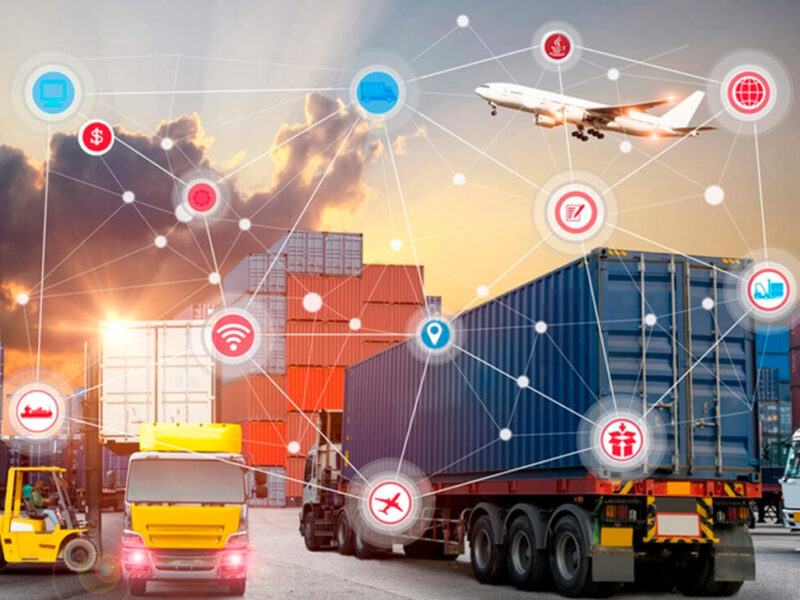Transport is undergoing significant changes. The effectiveness of current transportation infrastructure is being improved thanks to new technology, while future ideas have the potential to fundamentally alter how we get around.
This pattern modification in transport system has the conservative transport business much fascinated. There really is no question that the current transport network is experiencing a significant transformation. Such new mobility technologies are introducing fresh faces to the transport industry from areas like Silicon Valley and certain other digital hotspots across the globe. Modern transport technologies have grown tremendously in recent years, and this boom seems likely to continue apace. With such changes in the corporate companies, it’s important to make sure our infrastructure regulations are updated in the government sector.
Productivity, convenience, and security are the main driving forces behind transport technological improvements. Scientific experts in the Land Transport sector collaborate to guarantee that modern inventions deliver more objects to their destinations quicker, securely, and with the optimum use of resources feasible. Internet of Things, machine learning, automation, and supervised learning all continue to develop, as will cars.

Current assets can be made more efficient by the application of new technologies currently in use. Smoother travel and less crowding are potential profits of these smart transportation systems for the atmosphere. Accessibility may also be maintained through the use of technology to better serve the requirements of all users, laterally with the aging and people with minor or major incapacities, by making transportation more comfortable. Here are a few of the world’s most innovative technologies in transportation.
- Modern matching algorithms are used by on-demand solutions to pair a rider with a passenger ideally. Most of this is made possible through the use of digital technology that can instantly connect geo-located requests with current resources. Lyft and Uber, two ride-hailing services that have emerged in the last two years, revolutionized the way urban people acquire mobility. Riders may request a car at any time using an app. In several places, the services have already reduced cab firms’ revenues while also lowering DUI charges.
- Sensor technologies and cutting-edge analytical methods like deep learning provide up new possibilities for improving the efficiency of the current infrastructure. This offers possibilities to better forecast maintenance issues and to enhance infrastructure building.
- The planning process necessitates the gathering of accurate, comprehensive, and time-sensitive data, as well as real-time monitoring. As a result, data is gathered here using a variety of hardware resources as a foundation for future smart functions. These gadgets include things like automated traffic identifiers, Navigation automatic vehicle tracking systems, sensors, and cameras, to name a few. The equipment primarily captures information such as traffic data, monitoring, average speed and time, position, automobile mass, and congestion. These physical devices are linked to workstations, which are usually found in a data-gathering hub, where a vast volume of information is stored for further processing.

- Unmanned vehicles are a distinct but similar technology. One well-known illustration would be the Google self-driving automobile. Driverless cars use a mix of Laser, GPS, optical sensors, and a lot of computing capacity to look at several different driving conditions and then decide what to do. The prime goal of self-driving technology that makes the car so clever that no human interaction is necessary. While semi-autonomous vehicles are now on the market, fully self-driving cars are still decades away.
- Hyperloop is by far the most demanding of the transport technologies evolving. Super-high-speed automobiles will be propelled by vacuum tubes powered by a series of linear induction motors and exhaust systems. The first Hyperloop introduced will further run from Los Angeles to San Francisco, taking travelers in just over 30 minutes to finish.
Critics of smart cities are concerned about the cities’ susceptibility to cyberattacks. As the globe becomes increasingly interconnected, cyber assaults on vital infrastructure, including electricity grids and land transport systems linked to the Web, are now all but normal amongst cybercriminals and even state governments. The threats fundamentally, on the other hand, are nothing novel; just the weapons are. Even before the technology existed, banking, electric grids, and other essential infrastructure, such as transportation, were targets for direct assaults.

Cyber assaults are far more difficult to fight against than other types of dangers, but they nevertheless pose a risk. Several safety precautions can help reduce the danger of cybercrime. These include regular software upgrades and encrypted connections via private networks (VPNs). As a result, smart mobility enabling smart cities helps improve contemporary public transportation security altogether by lowering the likelihood of bodily as well as cyber assaults.
The Public’s perspectives on road transport have shifted dramatically as a result of new technological advancements. Small variations to current forms of transport can have a massive effect in the coming years, while technological innovation, such as the Hyperloop, can shape the future of land transport.






